How the 2024 Paralympics ensure fairness: a guide to the paracycling classification system
"Sports allow us all to explore our abilities, and the Paralympic Games are the epitome of this," writes 4-time Paralympic medalist Dr. Meg Fisher
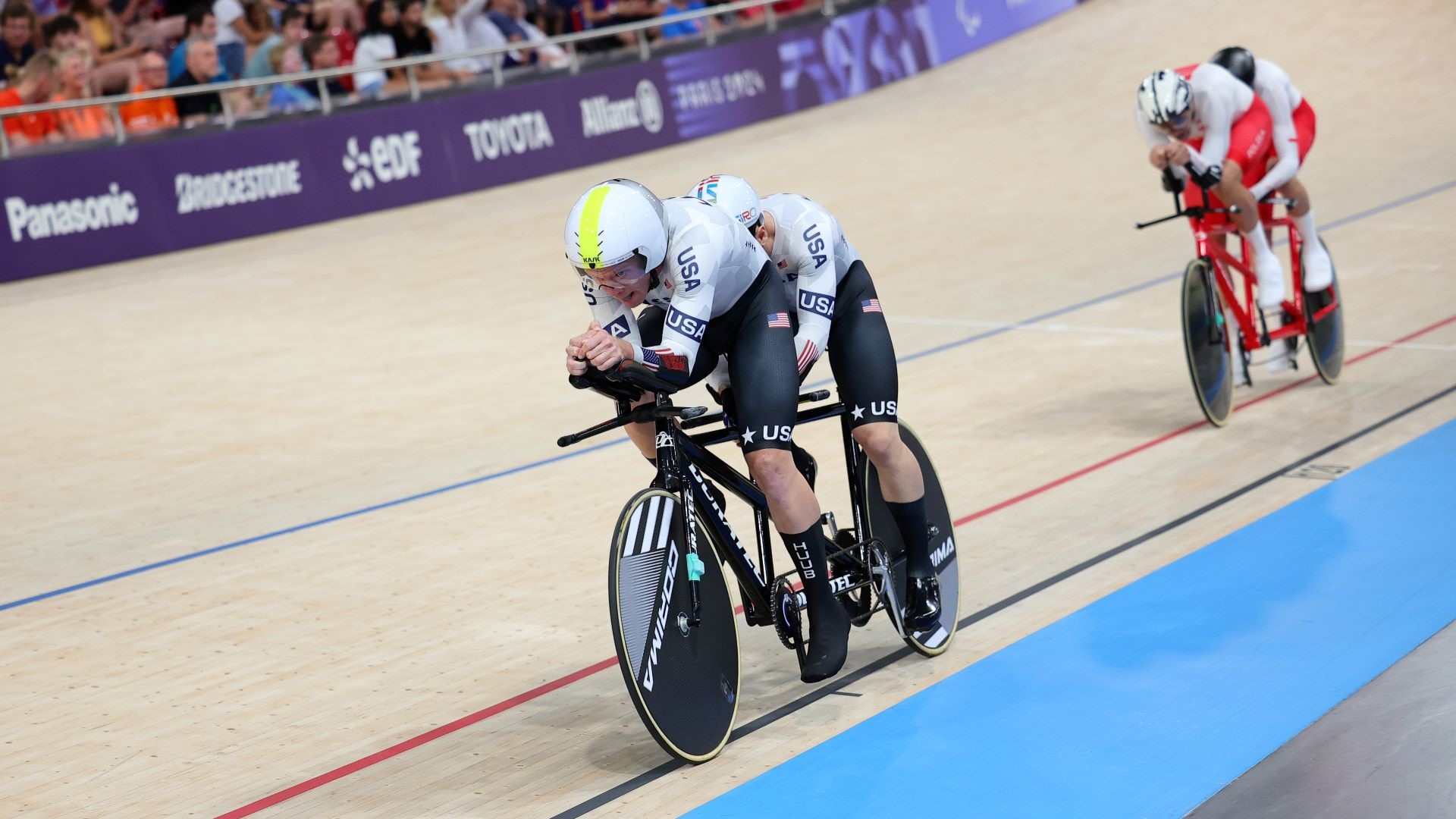

Editor’s note: Dr. Meg Fisher is a Canadian-American Paralympian with four Paralympic medals and 10 World Championship titles to her name. She competed at the 2012 and 2016 Paralympic Games. She’s retired from international para-racing and continues to compete in gravel events, setting the boundary of what’s possible with every race she finishes.
When paracycling made its debut at the 1984 Paralympic Games, just 22 athletes competed in the seven events. Fast forward to 2024, and paracycling has grown tremendously, with 220 athletes set to compete in Paris. The cycling events have expanded as well. There are now 51 medal events on the program: 17 track events and 24 road events, which include 15 road races and 19 time trials.
If you're like many people, you might wonder: Why are there so many events? Why not just one road race for men and one for women? Great questions! The Paralympic Games were founded on the principle of giving athletes with physical impairments the opportunity to compete at the highest level, mirroring the excellence seen in the Olympics. Since athletes have a wide variety of impairments, different groupings—known as classifications—were created to ensure fair competition. This is why there isn’t just one race per gender.
In the pursuit of fairness, panels of cycling experts and medical professionals have developed a system that groups the athletes not only by ability but also by the type of bike they use.
Four bike types, four categories
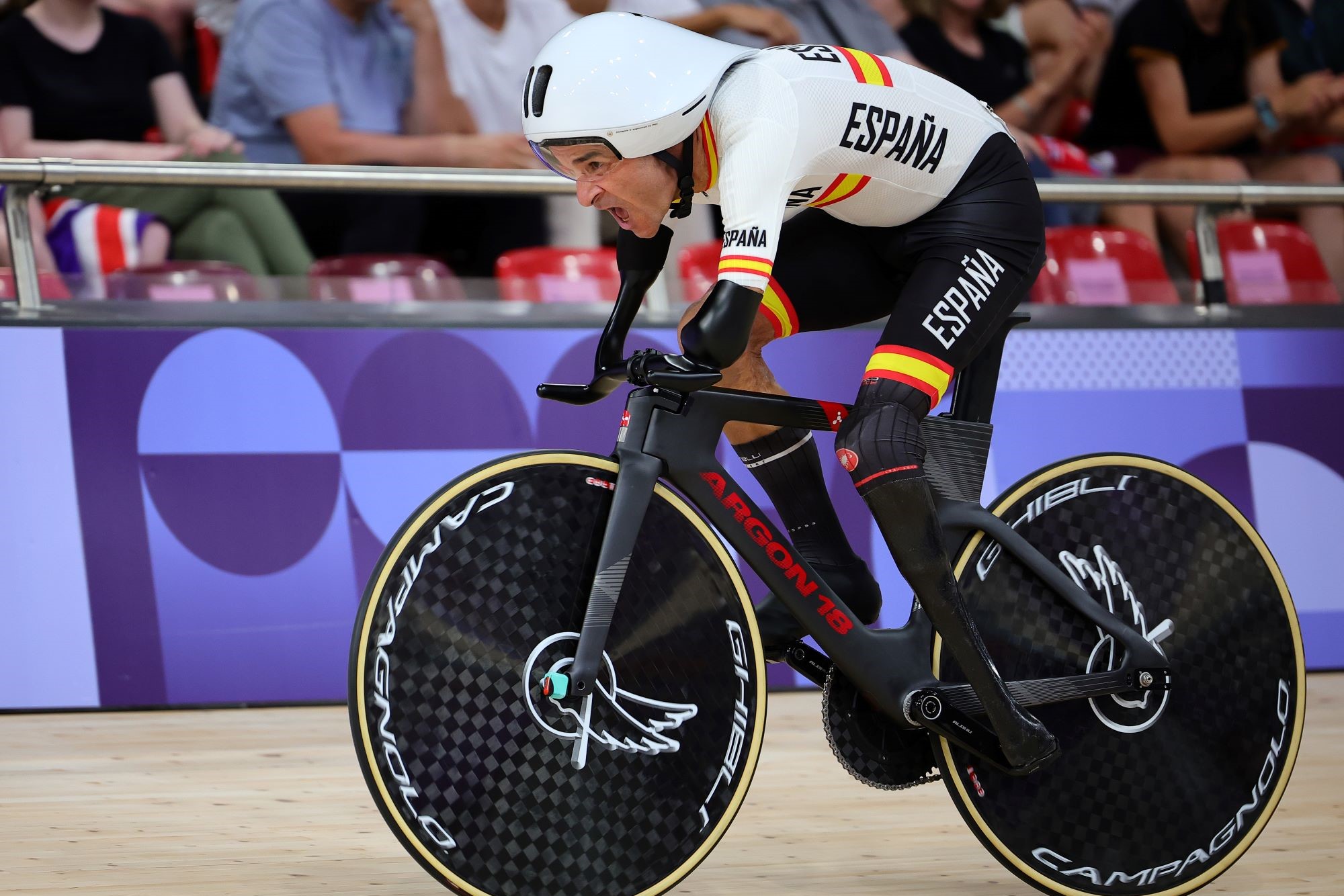
There are four types of bikes used in the Paralympics:
- Typical bicycles
- Tandems
- Handcycles
- Tricycles
Bicycles are grouped under the C category. Handcycles, a tricycle powered by a rider’s arms, are given the H designation. B is for tandems ridden by a blind or visually impaired stoker and their sighter pilot. The letter T identifies tricycle events.
These tricycles are nothing like the trikes you may have used as a kid. The trikes used in UCI and Paralympic racing are high-tech racing machines with one wheel up front and two in the back. Often, a Paralympic-level tricycle will feature a carbon road frame with a titanium rear axle that accepts two rear wheels, broadening the bike’s base of support and increasing stability.
Get The Leadout Newsletter
The latest race content, interviews, features, reviews and expert buying guides, direct to your inbox!
Classifications within categories
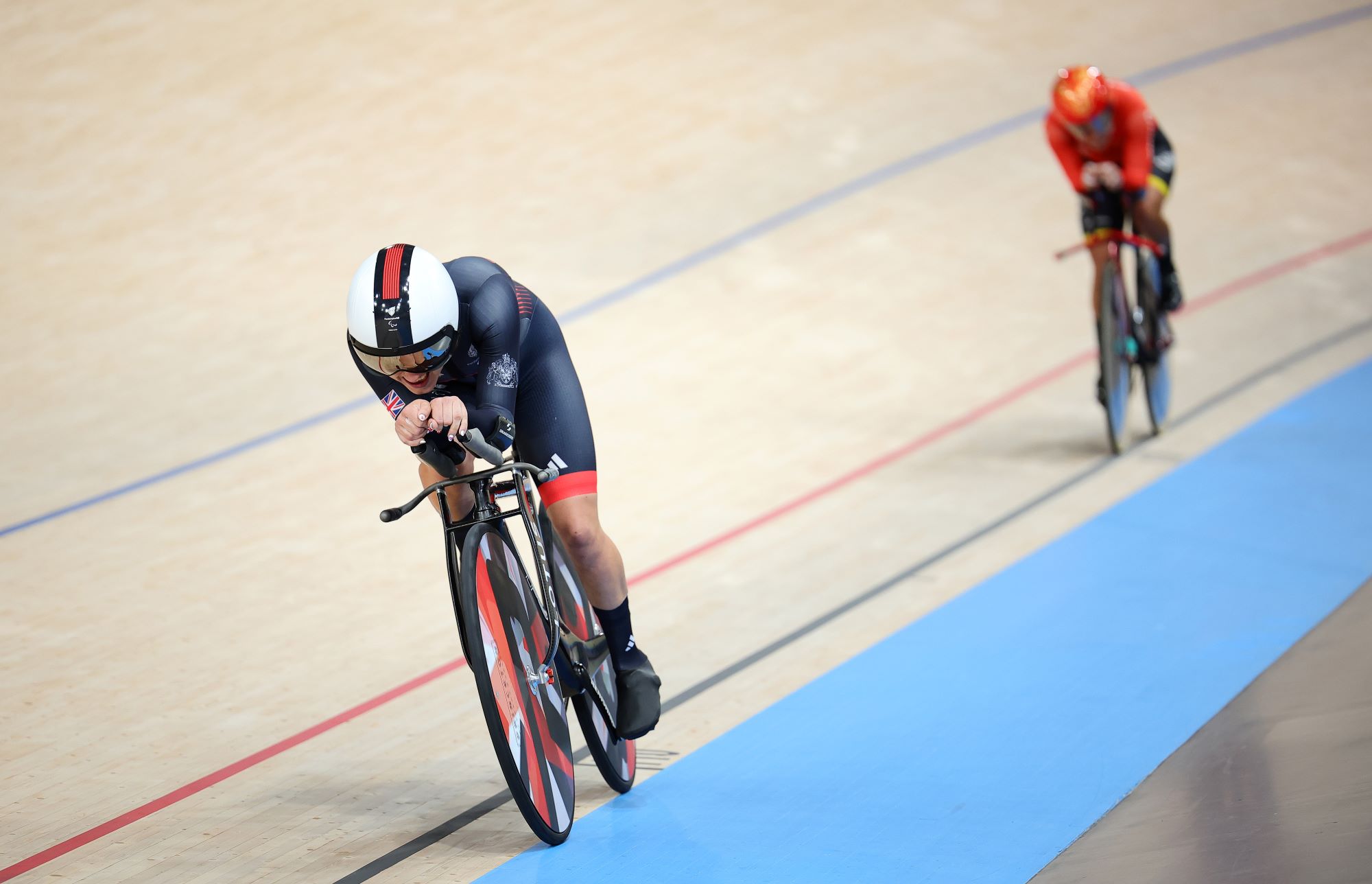
Each category is further divided into classifications based on the athlete's level of physical ability. These classifications ensure that athletes with similar capabilities compete against each other. The UCI and Paralympic Committee (currently) recognise 13 sport classes across men and women: five C classes, five H classes, one B class, and two T classes.
Within these classes, athletes are ranked by their physical abilities. For example, a C5 cyclist has greater physical ability than a C1 cyclist, just as an H3 handcyclist will have more physical capacity than an H2. This detailed system of classification creates a level playing field, ensuring that competition is fair.
The classification system can confuse able-bodied athletes, perhaps because it’s a new concept. However, the idea of fairness is as old as sport itself. Every sport needs rules and no one deserves an unfair advantage.
Paralympics is sport at the highest level
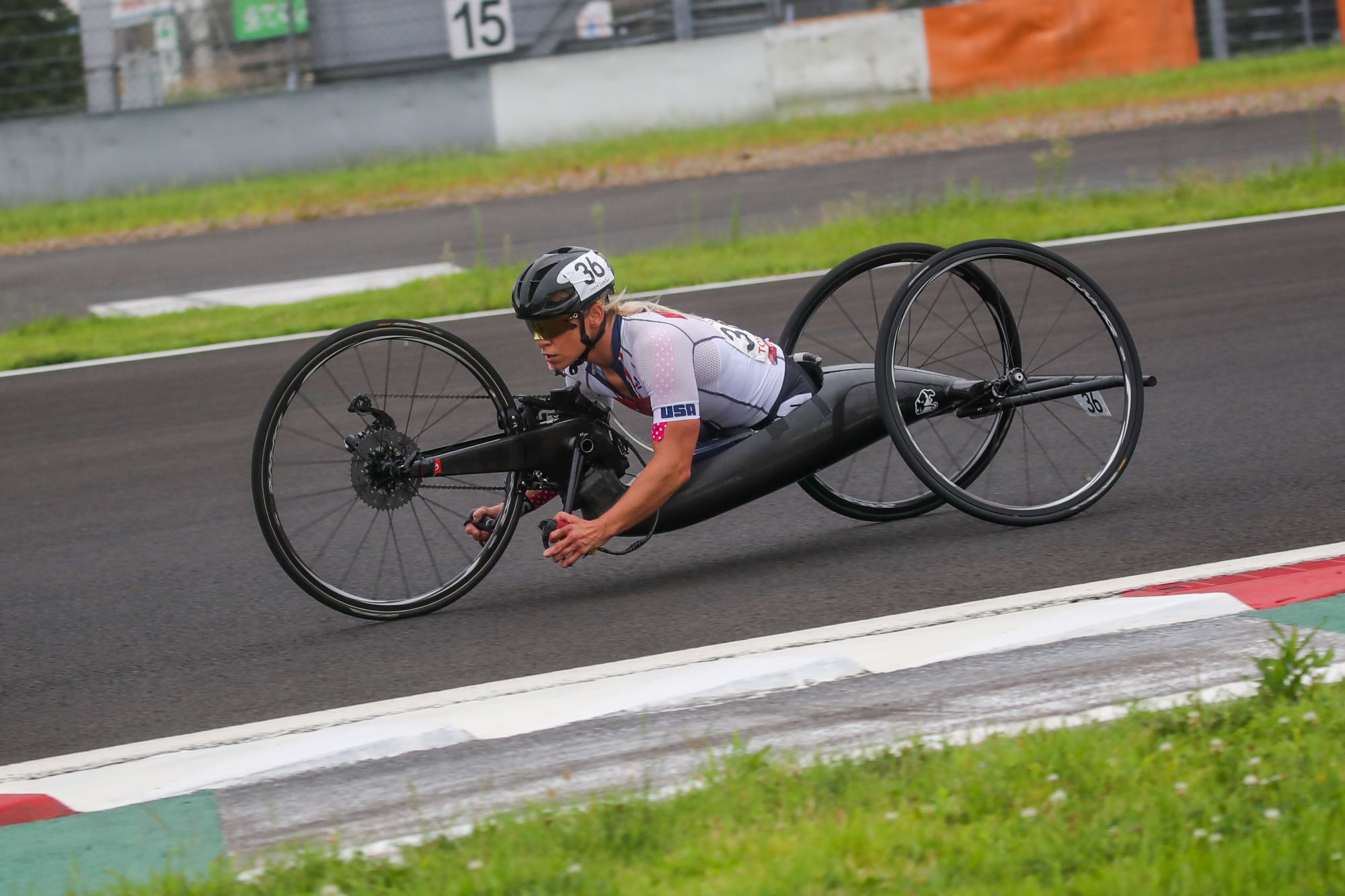
During the Olympics, a joke often goes around about how folks wish an everyday person competed against Olympians just to show how incredible Olympic-level performance is. I think the same should be said of the Paralympics. The skill, dedication, and focus required to compete at this level are incredible. Paralympic sport is exquisite, and it deserves the same awe and admiration.
This year, 22 sports will be available live to viewers for the first time in history. This means viewers worldwide will be exposed to thrilling competition by athletes with incredible abilities and physical impairments. Each Paralympic sport has a unique classification system, so I encourage viewers to be patient as they learn new systems.
According to the World Health Organization, 16% of the world's population experiences significant physical impairment. That’s one in six people, or 1.3 billion people. Sports allow us all to explore our abilities, and the Paralympic Games are the epitome of this.
Check Cycling Weekly’s guide to see the paracycling schedule and how to watch the cycling action.

Thank you for reading 20 articles this month* Join now for unlimited access
Enjoy your first month for just £1 / $1 / €1
*Read 5 free articles per month without a subscription

Join now for unlimited access
Try first month for just £1 / $1 / €1

Dr. Meg Fisher is a Paralympic gold medalist and 10x World Champion with Team USA. She is also a doctor of physical therapy living in Missoula, Montana where she enjoys exploring the trails with her dog Pax.
-
 Madison Flux short sleeve jersey review: functional and affordable
Madison Flux short sleeve jersey review: functional and affordableThe road cycling jersey delivers top performance for a budget-conscious cyclist
By Hannah Bussey
-
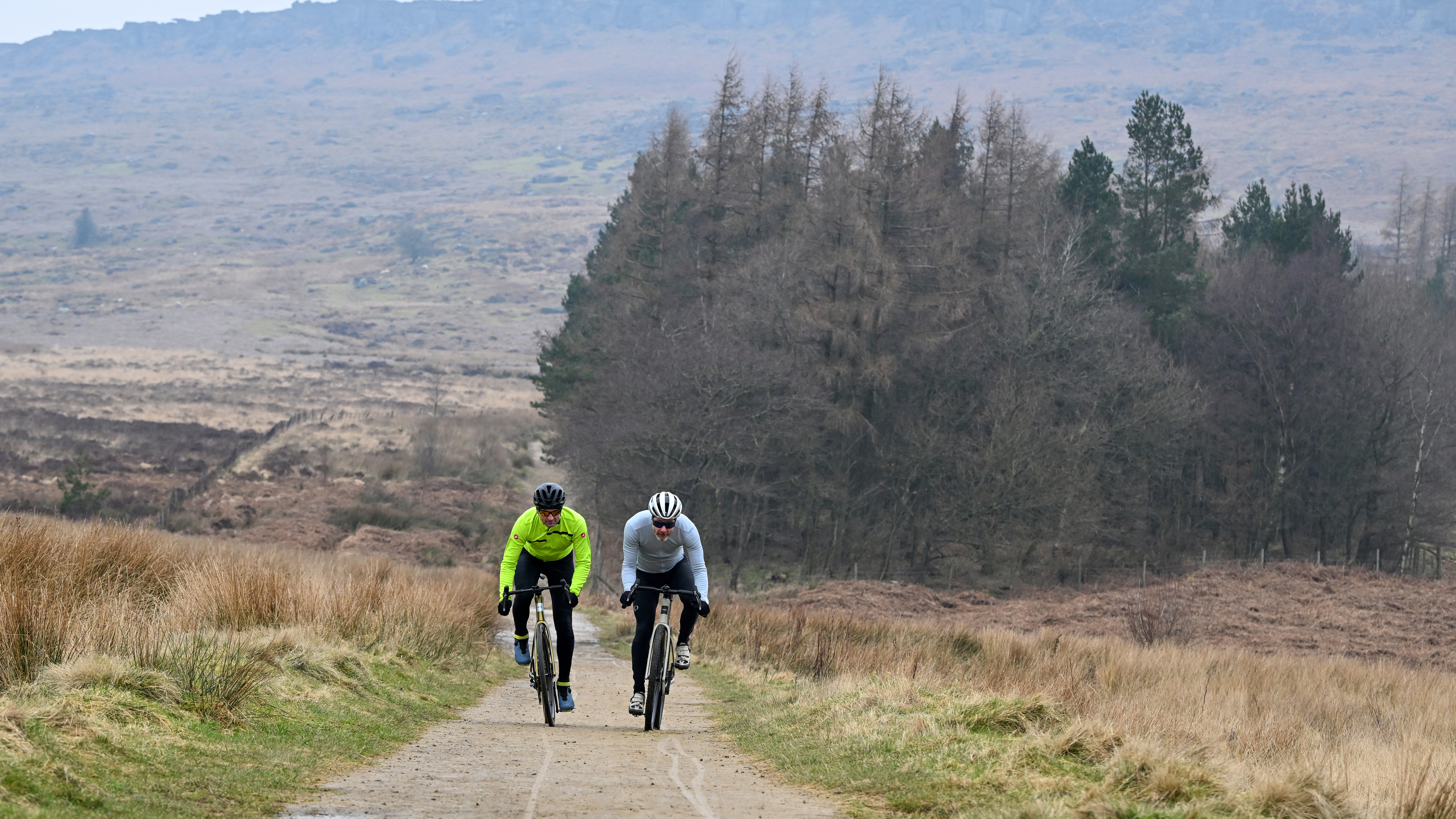 I pitched a top-end all-road bike against a top-end gravel bike, here's what I found
I pitched a top-end all-road bike against a top-end gravel bike, here's what I foundMulti-surface machines go head-to-head-to-head and categories clash as Tim Russon rolls up for the ultimate do-it-all bike showdown
By Tim Russon
-
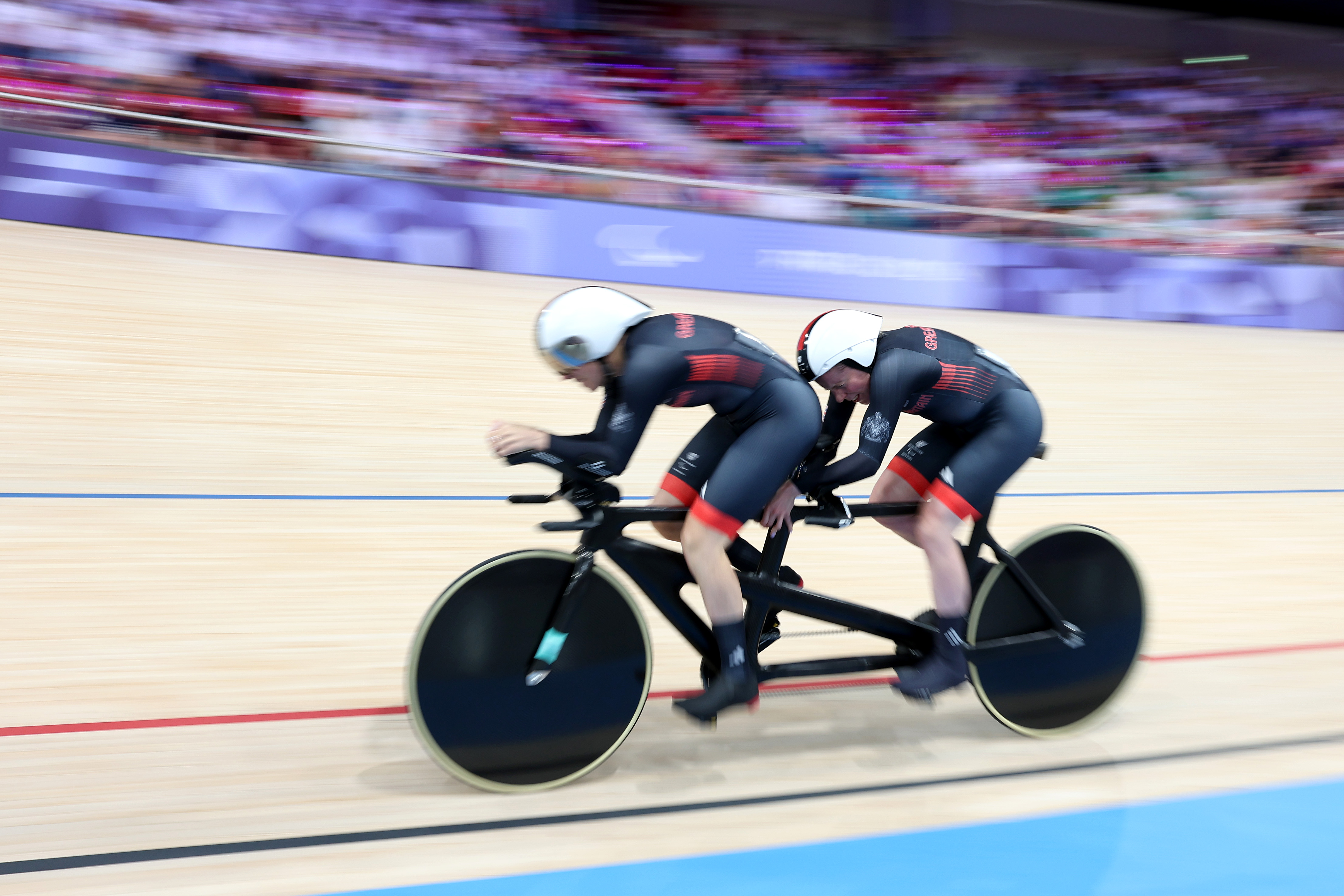 Lizzi Jordan and Jaco van Gass win GB's first Paralympics 2024 cycling golds as medal rush continues
Lizzi Jordan and Jaco van Gass win GB's first Paralympics 2024 cycling golds as medal rush continuesSix Paralympic medals won by GB in velodrome on Friday
By Adam Becket
-
 'Emotionally, I’m a bit all over the place' - GB's Kadeena Cox after her Paralympics crash
'Emotionally, I’m a bit all over the place' - GB's Kadeena Cox after her Paralympics crashCox, the defending champion, crashed out of the C4/C5 500m time trial final on Thursday
By Adam Becket